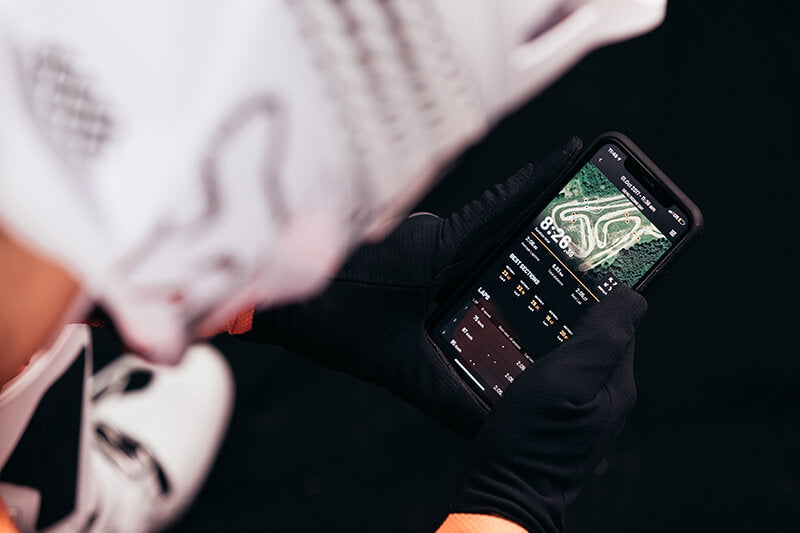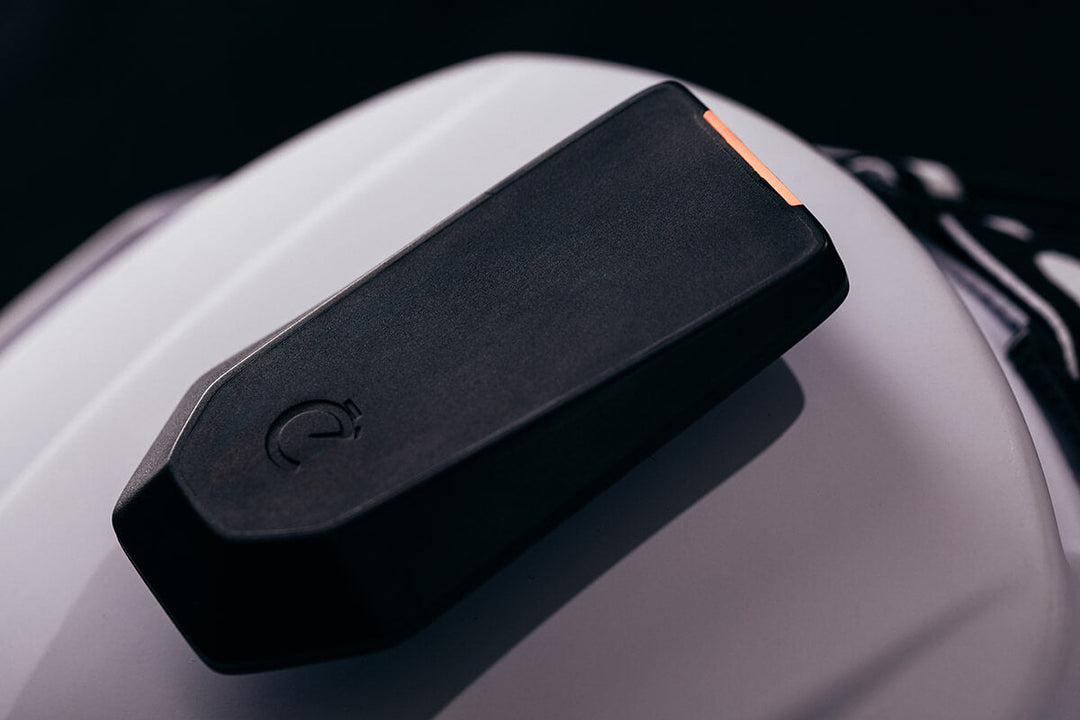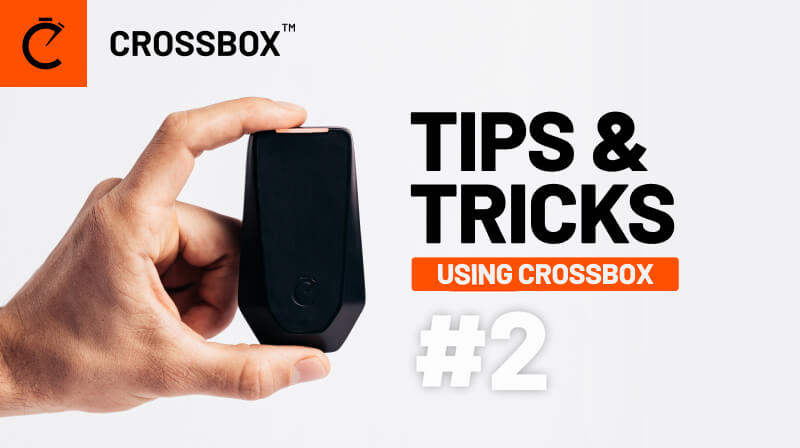HOW ACCURATE IS CROSSBOX
In this article we are going to cast some light on the accuracy of the Crossbox system. We tested the Crossbox CBX20/CBX30 tracker which works in combination with the Crossbox smartphone app and compared the results with a certified light barrier measurement system of the leading company “Tagheuer”. Additionally, we want to demonstrate how precisely different line choices can be analyzed within the app. The test took place on the airport field in Fürstenfeld, Austria, together with the timing company “zeitnehmung.at“. On the very bottom you will also find a video of the whole test.

How accurate are the measured lap times with Crossbox
Crossbox’ CBX20 uses most modern GNSS technology by the Swiss brand “Ublox” which processes signals from GPS, Glonass, Galileo and Beidou satellites. The device’s inbuild antenna is much bigger compared to usual smartphone GPS antennas and updates the position 20 times per second, which leads to an incredible accuracy. The reference measurement system is certified with an accuracy of 1/1000 of a second. The rider performed 17 laps and the precision was more than sensational. The average deviation was only 1/100 of a second and the maximum deviation was 5/100 of a second. Check all the times here.

How precisely can you distinguish between different line choices
When it comes to positioning accuracy, a distinction must be made between absolute and relative accuracy.
Absolute accuracy describes how precisely a position is determined in relation to the actual global coordinates.
Relative accuracy, on the other hand, shows how accurately a driven line is recorded compared to another lap – that is, the repeatability within a session. This value is crucial for lap comparisons and performance analysis.
For the Crossbox CBX20/30, the relative accuracy is typically 10–50 cm, depending on the environment (e.g. trees, terrain, or buildings).
According to the official datasheets of the GPS module manufacturer, the absolute accuracy is 1.5 m.
Many providers advertise only the relative accuracy, as it appears much better under ideal conditions. At Crossbox, we believe in transparency – that’s why we state both values and refer to official tests and datasheets from the GNSS manufacturer u-blox.
In this test the rider performed 8 laps on an inside and 9 laps on the outside line, the distance between the inside and the outside line was 7 meters which is a typical use case in Motocross. In this picture it is perfectly distinguishable which line the rider took.


